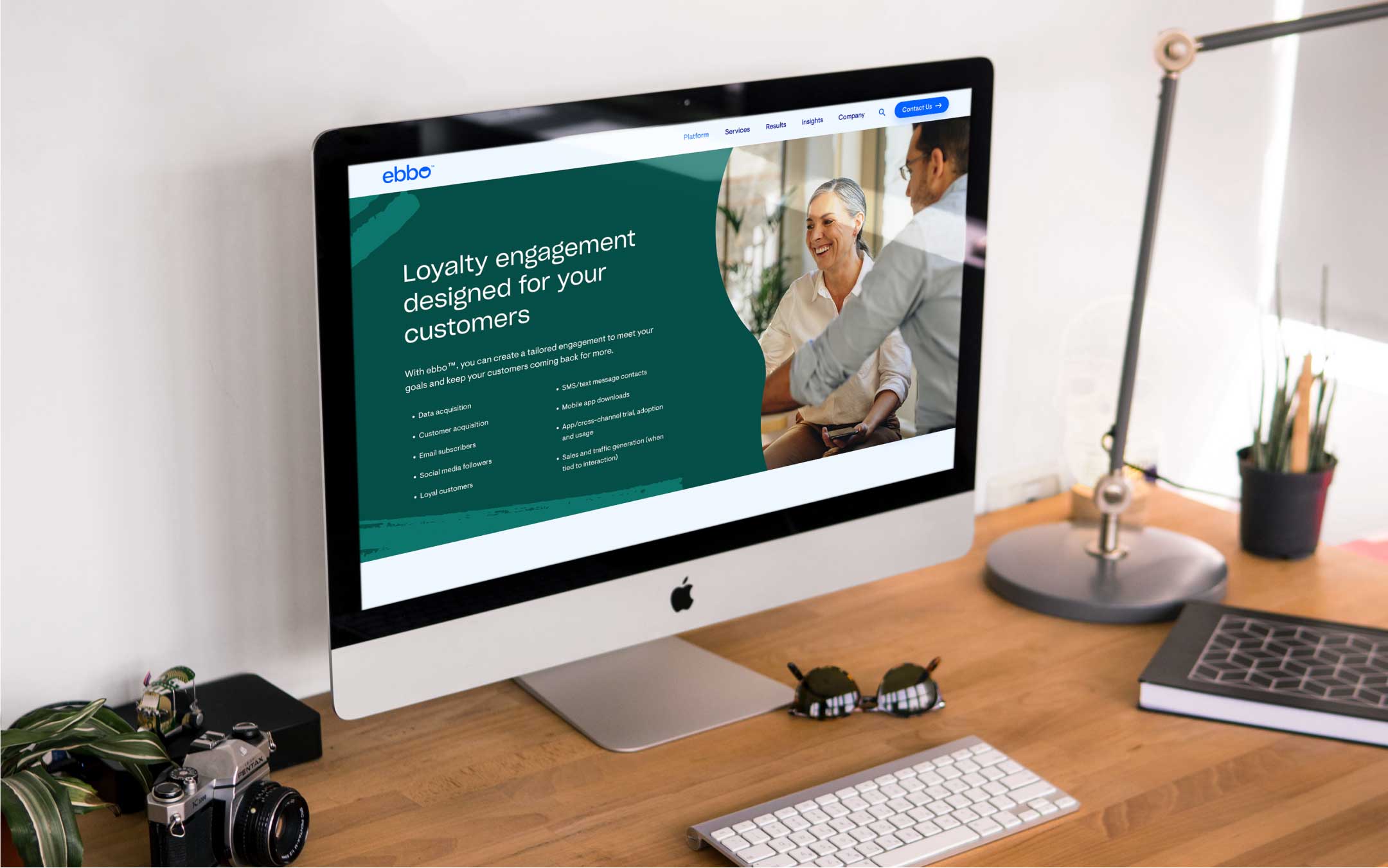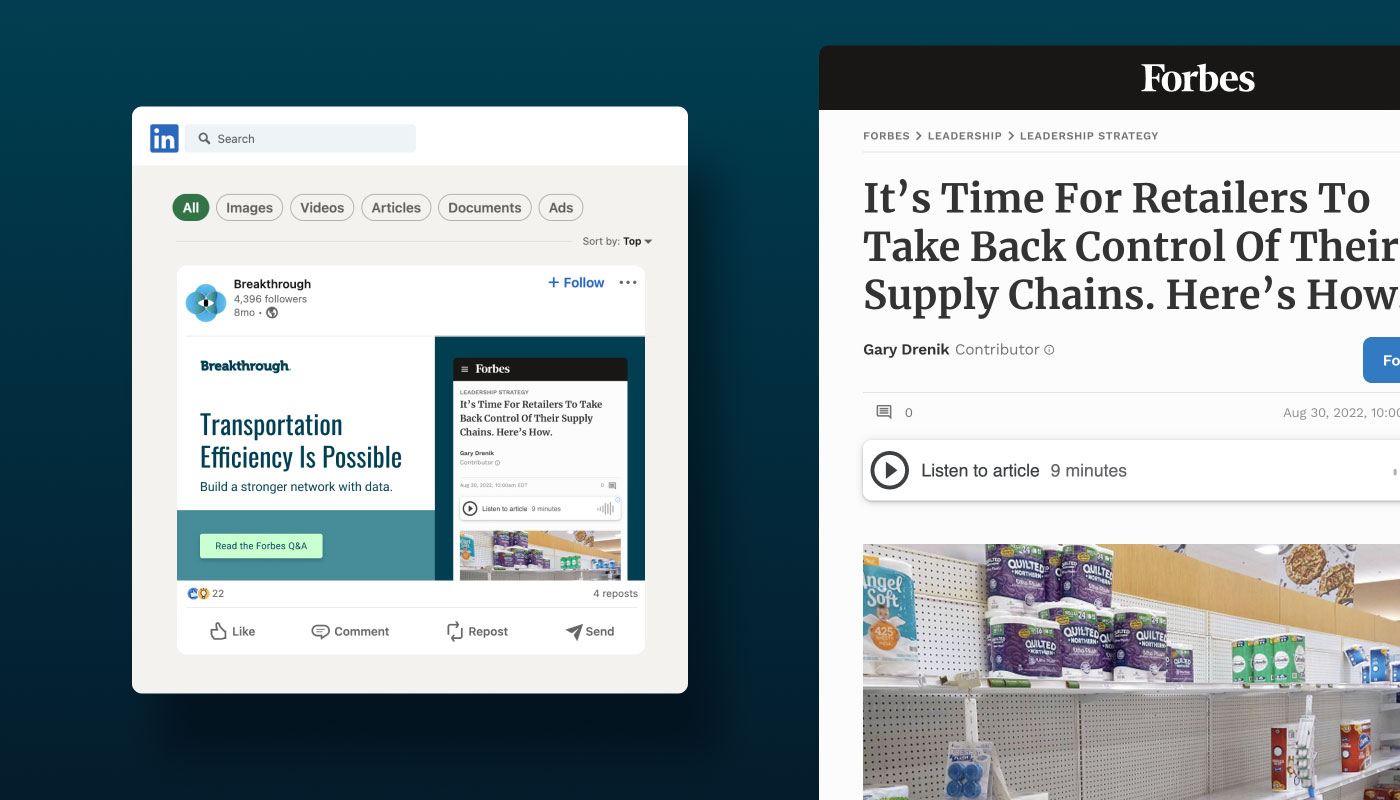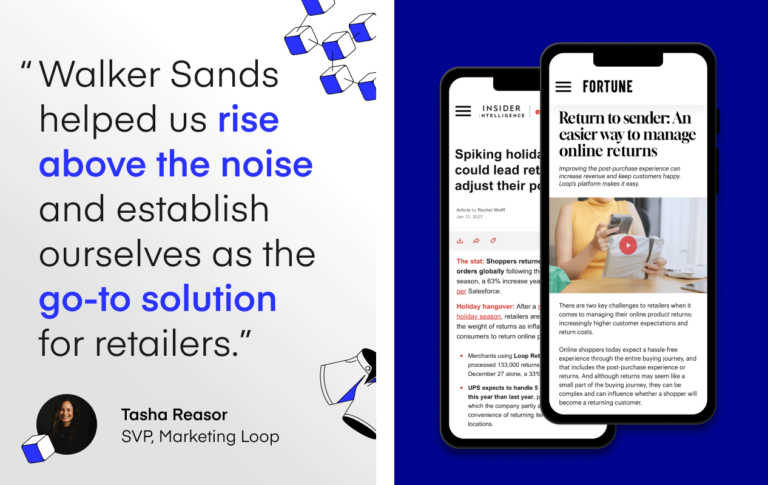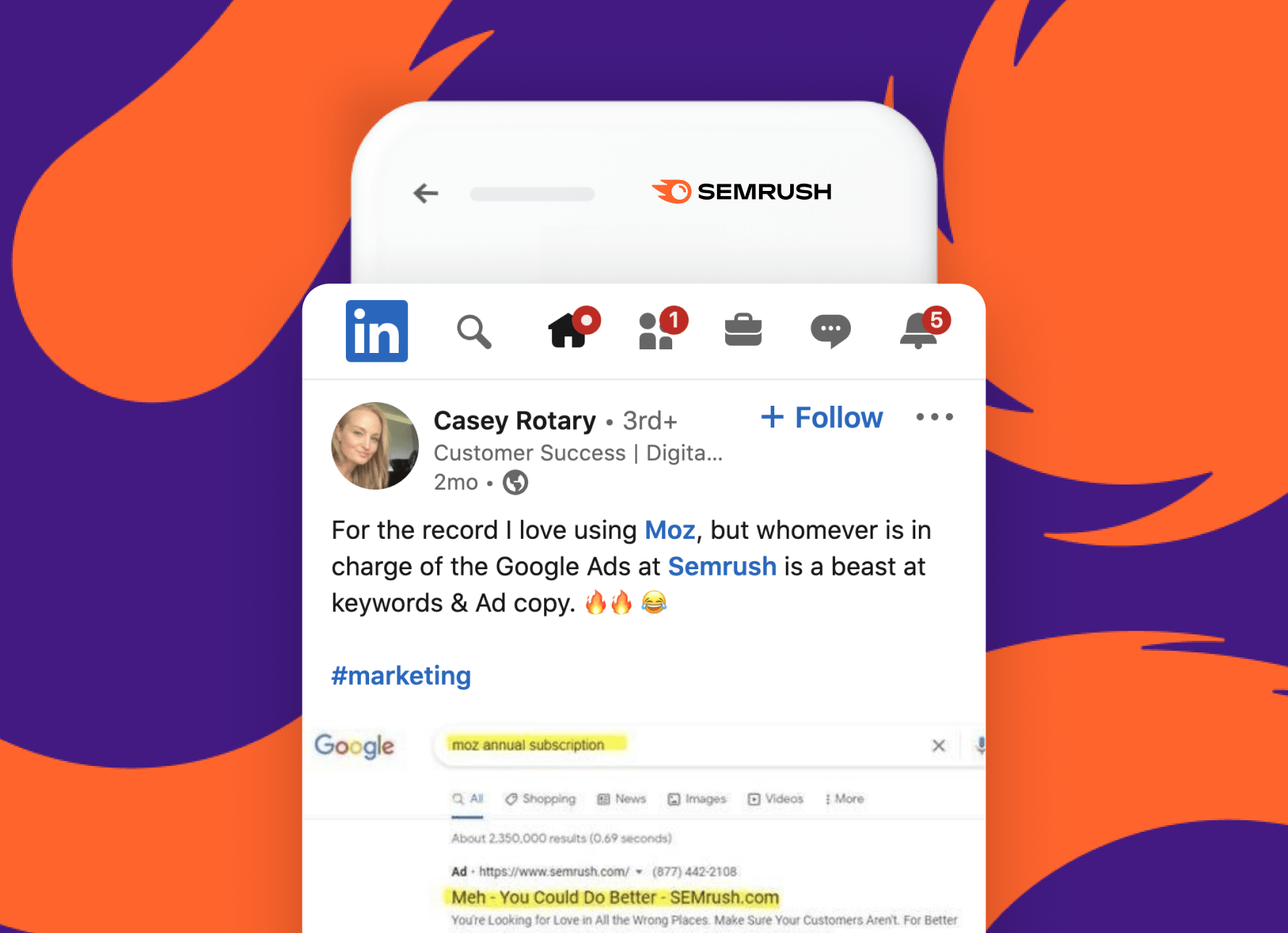B2B marketers are stuck. In the fast-paced realm of B2B marketing, it’s easy to get caught up in the pursuit of channel-specific goals. Maybe you’re chasing to land a set number of media placements for the quarter. Or maybe you want to increase your share of voice on LinkedIn by the end of the year. Whatever the tactic, marketers often find themselves immersed in the “where” of their strategy without pausing to consider if it’s worth doing in the first place.
Chasing metrics without considering the “why” is likely a waste of money. But there’s good news: the single most effective way to mitigate the risk of a failed marketing investment is also pretty simple.
Start with why.
To move the needle on the outcomes that matter for the business, marketers need to challenge their own assumptions, defaults and habits, then think critically about what it is they’re actually trying to accomplish. By anchoring all components of your marketing strategy — the “how” (strategy), “what” (message) and “where” (media) — to your end goal from the onset, you’ll be both more efficient and more effective.
So let’s zoom out. What outcomes does your marketing need to return? While there’s no finite list of answers, we find that most B2B brands need their marketing to accomplish one of four things: strengthen market position, accelerate growth, build reputation or spark engagement.
Strengthen market position
Entering or launching a new category? Chasing a new audience? Fending off competitors to defend category leadership? You’re marketing for position.
And no matter how you go about it — media relations to join the conversation, analyst relations to make it official, messaging or brand work to shape a differentiated perspective, paid media to accelerate lead gen — marketing activity should be optimized for credibility and reach.
A great example: when Clarus Commerce acquired PrizeLogic, the retail tech company needed to reposition itself as a unified brand with expanded capabilities. With this end goal in mind, our team devised a brand strategy that would thoughtfully combine product lines, brand identities and information architecture. The result was a new brand, ebbo, that effectively consolidated the two companies and strengthened ebbo’s positioning in the retail technology space.

Accelerate growth
Every company strives for growth. But that can take shape in many ways, from bigger sales targets to new product introductions or preparing for an IPO. The first step is to get specific about the growth-related outcome you’re looking to drive (e.g., expanded sales pipeline, increased sales velocity) and ensure the program is aligned to drive that result.
For instance, when Breakthrough needed to accelerate organic revenue growth for a new product, our team audited the transportation technology solutions provider’s existing marketing strategy to identify areas of opportunity to enhance ROI. This served as a roadmap for executing an integrated marketing program across creative, content, demand generation, PR and social channels that ultimately delivered 27 media placements, 470+ paid media conversions and a 67% increase in organic search traffic in 9 weeks — with an emphasis on introducing customers to this key offering.

Build reputation
How do your most important audiences perceive your brand? Do they know you exist? If so, what are you known for? How has that changed over time? Are your leaders visible and recognized in the industry? These, of course, are classic reputation-based outcomes, and they are crucial for any brand’s bottom line.
Let’s consider Loop as an example here. As an emerging player in the retail returns space, the company needed to close the awareness gap with a critical audience: online retailers. So, we devised a multi-pronged PR strategy consisting of proactive thought leadership, rapid response media relations, promotion of company news and customer stories, as well as a series of trend-based quick polls. This approach delivered quality, consistent media coverage that elevated Loop’s credibility and reputation among online retailers.

Spark engagement
Focusing on engagement-based outcomes means playing an active and intentional role in shaping how your brand interacts with its target audience — from building brand loyalty and affinity to improving customer sentiment and building trust with decision-makers.
We helped Semrush achieve an engagement-based outcome with bold creative expression delivered via paid media. Already a recognized name in martech, Semrush wanted an opportunity to create conversations with customers in a meaningful way. Our approach was to take the brand’s unique voice a step further, with pithy ad copy designed not just to “stop the scroll,” but to invite the audience to respond. What resulted was more than 30 lively discussions among marketers online.

As you take the next step to build out your marketing plan or campaign, remember: start with why. The approach (how), message (what) and media mix (where) naturally flow from there. And if we can help you take an Outcome-based Marketing approach, get in touch with our team. We’d love to talk outcomes!


